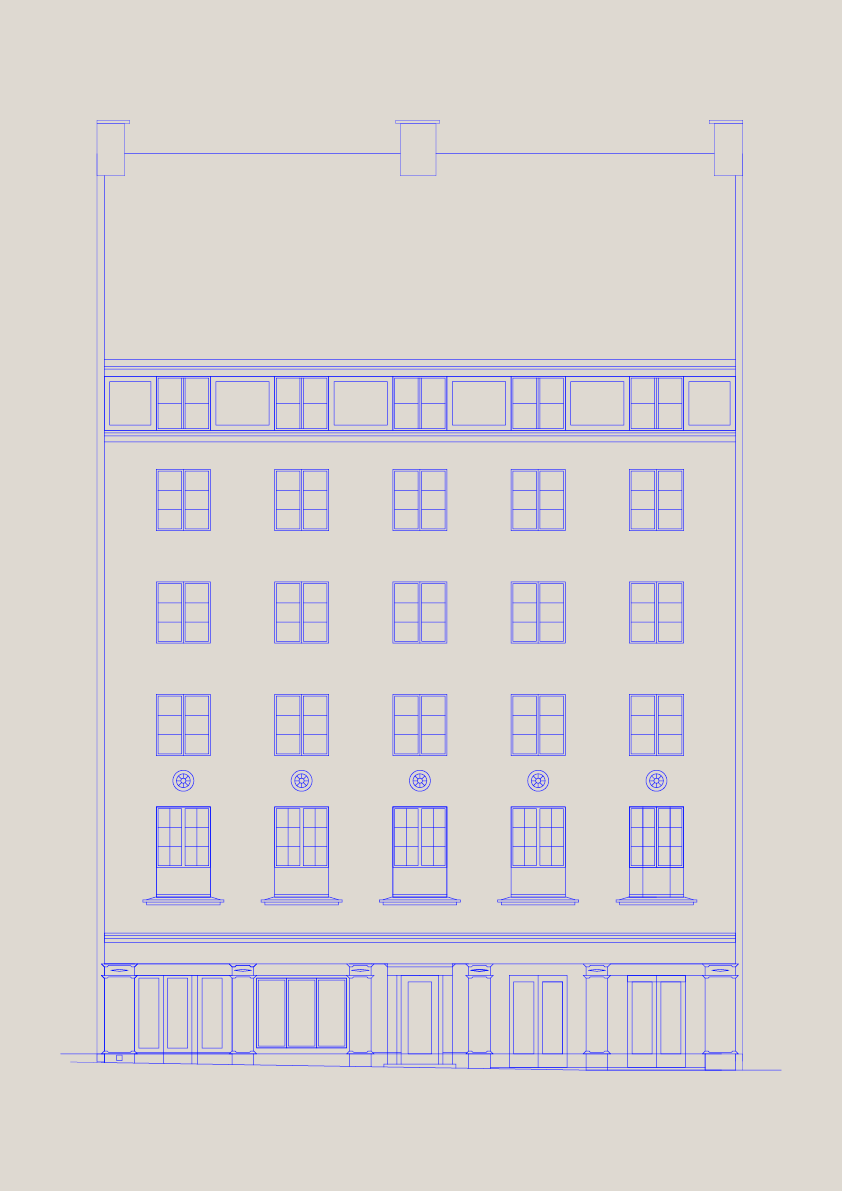Paulina Fahlström

Next to Karlaplan in Östermalm, at Skeppargatan 60, hides the cinema Fågel Blå. With a history stretching nearly 100 years back in time, Fågel Blå is classed as one of Sweden’s oldest cinemas. Despite its historical value, the cinema is relatively unknown, and visitors are few. How can I use interior architecture and furniture design to activate this cultural and historic building into a cultural meeting place for cinemagoers? And how do I preserve the historical value of the site and the space without demolishing it?
In my design proposal, I focus on creating a space in which visitors are not only passive viewers but also active participants. The furniture and interior design, with their soul and their small surprises, contribute to creating an atmosphere in which visitors not only passively experience the film, but also interact with the space and with each other. By creating an environment that invites social interaction, the site is activated into more than a cinema visit – it is transformed into a whole experience that engages both the individual and the collective.
In my degree project, I therefore investigate how interior design can create emotional bonds between furniture, space and user through hidden details and interactive elements. I explore the concept of hiding places or caches – subtle architectural features that encourage discovery and return visits. These function as spatial Easter eggs and offer the visitor small surprises and references that deepen their relationship to the place. By integrating these into my interior design proposal, I create an environment in which the tactile and visual interplay makes the visitor connect with the history and atmosphere of the space.